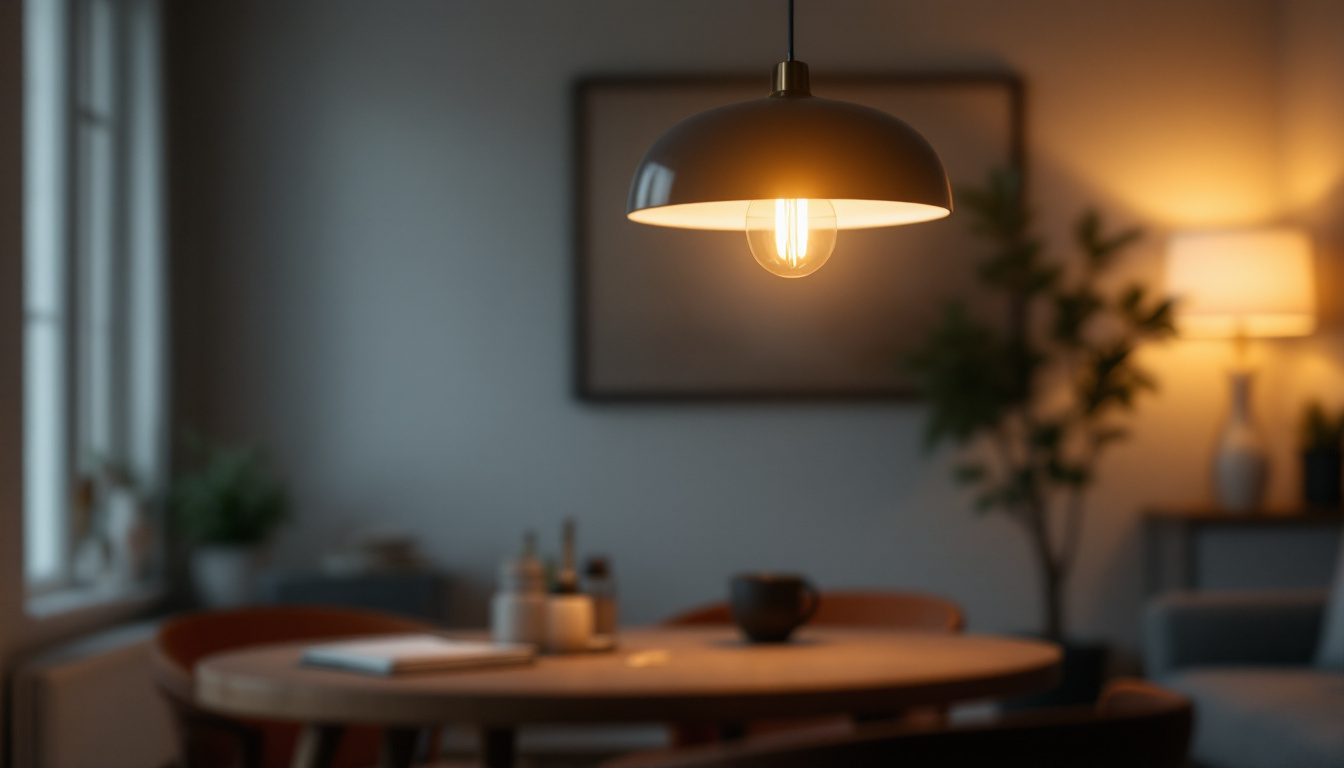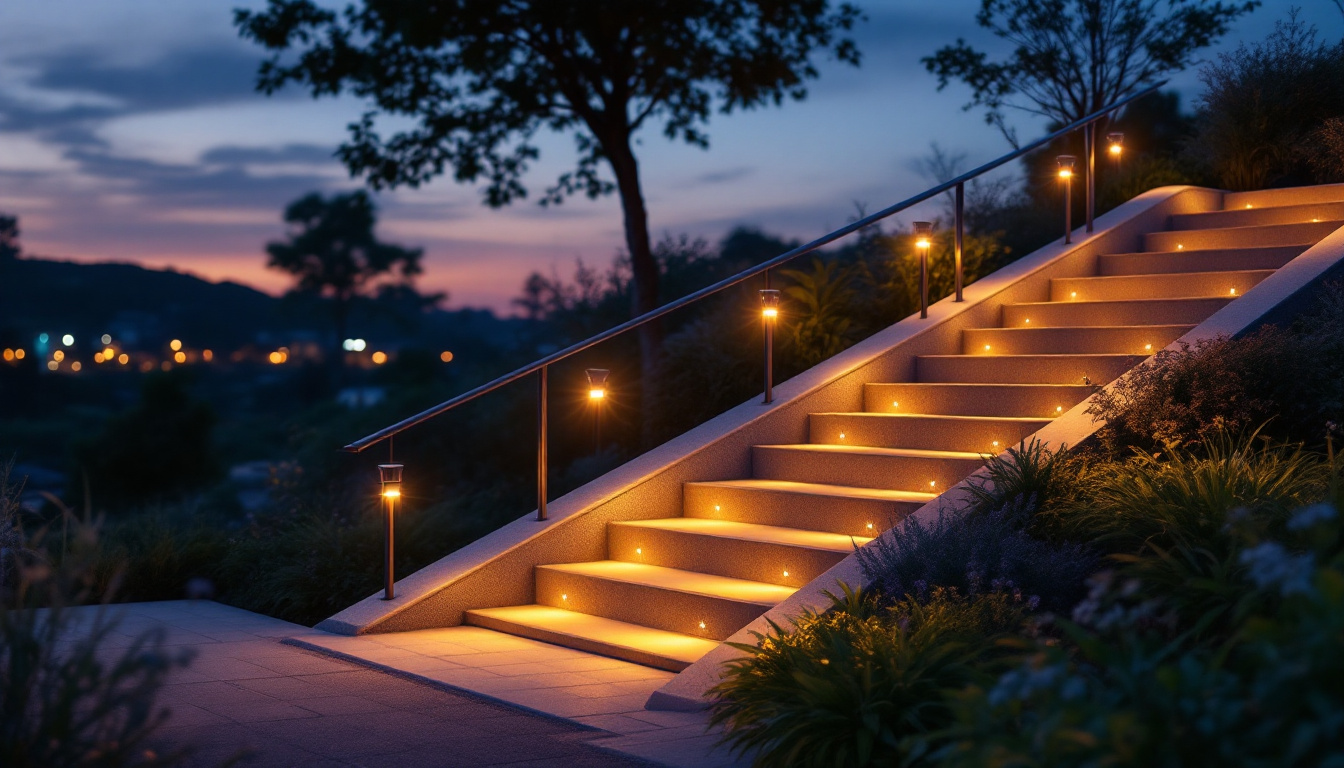
Pendant lighting fixtures have become a staple in modern interior design, offering both functionality and aesthetic appeal. For lighting contractors, understanding the nuances of these fixtures is essential for delivering high-quality installations that meet client expectations. This article explores various approaches that smart lighting contractors can adopt when working with pendant lighting, ensuring that projects are executed with precision and creativity.
Pendant lighting fixtures are versatile, hanging from the ceiling and often used to illuminate specific areas like dining tables, kitchen islands, or entryways. Their design can range from minimalist to ornate, making them suitable for various styles and settings. However, the choice of pendant lighting goes beyond mere aesthetics; it involves a thorough understanding of the space, the purpose of the lighting, and the preferences of the client.
There are several types of pendant lighting fixtures, each serving a unique purpose. Some common types include:
Understanding these types allows contractors to recommend the best options based on the client’s needs and the specific characteristics of the space. For instance, a single pendant might be the best choice for a cozy breakfast nook, while a multi-light pendant could enhance the ambiance of a larger dining area, creating a warm and inviting atmosphere.
When selecting pendant lighting, several design considerations come into play. The height at which fixtures are hung is crucial; too high can diminish their effectiveness, while too low can obstruct views and create discomfort. A general rule of thumb is to hang pendants 30 to 36 inches above a dining table or countertop.
Additionally, the scale of the fixture should complement the surrounding decor. A large pendant can serve as a focal point in a spacious room, while smaller pendants may be more appropriate for intimate settings. Color, material, and finish also play significant roles in how well the lighting integrates with the overall design scheme. For example, a sleek metal finish may enhance a modern kitchen, while a glass or crystal pendant could add elegance to a traditional dining room. Furthermore, the choice of bulb type—whether warm or cool light—can influence the mood of the space, making it essential to consider the desired ambiance when selecting fixtures.
Another important aspect to consider is the overall lighting plan for the room. Pendant lights can be combined with other types of lighting, such as recessed or wall sconces, to create layers of light that enhance functionality and aesthetics. This layered approach not only improves visibility but also allows for flexibility in how the space is used, whether it’s for entertaining guests or enjoying a quiet evening at home. By thoughtfully integrating pendant lighting into the overall design, homeowners can achieve a harmonious balance that elevates the entire atmosphere of their living spaces.
Proper installation of pendant lighting fixtures is critical to ensure both safety and functionality. Lighting contractors must be equipped with the right techniques and tools to execute installations effectively. A well-executed installation not only enhances the aesthetic appeal of a space but also maximizes the efficiency and longevity of the lighting fixtures.
Before installation, it is essential to assess the electrical requirements of the pendant fixture. Contractors should ensure that the existing wiring can support the load of the new fixtures. This may involve upgrading circuits or adding additional outlets to accommodate multiple pendants. Additionally, contractors should consider the type of bulbs being used, as LED fixtures often have different power requirements compared to traditional incandescent bulbs. Understanding these nuances can prevent future electrical issues and ensure optimal performance.
Moreover, understanding local electrical codes is vital. Compliance with these regulations not only ensures safety but also protects the contractor from potential liabilities. It is advisable to consult with an electrician if there are any uncertainties about the electrical aspects of the installation. Furthermore, contractors should be aware of energy efficiency standards that may affect the choice of fixtures and their installation, promoting both sustainability and cost savings for the homeowner.
Mounting techniques can vary based on the type of pendant fixture being installed. For instance, some fixtures come with a simple mounting bracket, while others may require more complex installation methods. It is crucial to follow the manufacturer’s instructions carefully to avoid any issues. In addition to following guidelines, contractors should also assess the ceiling type—whether it is drywall, plaster, or a more robust material—as this can influence the mounting approach and required tools.
Using the appropriate hardware is also essential. Heavy fixtures may require additional support, such as ceiling anchors or braces, to ensure stability. Contractors should always double-check that the fixture is securely mounted before completing the job. Additionally, it is beneficial to consider the height at which the pendants are hung; this not only affects the overall design but also ensures that the lighting is effective for the intended purpose, whether it be for task lighting over a kitchen island or ambient lighting in a dining area. Proper height adjustment can greatly enhance the functionality and visual appeal of the space.
As technology continues to evolve, integrating smart lighting solutions into pendant fixtures has become increasingly popular. Smart lighting offers enhanced control and energy efficiency, making it an attractive option for many clients.
Smart lighting systems allow users to control their lighting through mobile apps or voice commands. This level of convenience can significantly enhance the user experience. For instance, clients can adjust the brightness, change colors, or set schedules for their pendant lights, all from their smartphones.
Additionally, smart lighting can contribute to energy savings. By allowing users to turn off lights remotely or set timers, these systems can reduce energy consumption, which is an appealing selling point for environmentally conscious clients. Furthermore, many smart lighting systems come equipped with sensors that can detect natural light levels, automatically adjusting the artificial lighting to maintain optimal illumination throughout the day. This not only enhances comfort but also prolongs the lifespan of the bulbs, adding another layer of cost-effectiveness.
When installing smart pendant fixtures, contractors should ensure that the existing electrical infrastructure can support the technology. This may involve installing compatible dimmers or hubs that connect the fixtures to the home’s Wi-Fi network.
It is also essential to educate clients about how to use their new smart lighting systems. Providing a brief tutorial or written instructions can enhance customer satisfaction and reduce the likelihood of future issues. Moreover, contractors can highlight the potential for future upgrades, such as integrating smart lighting with other smart home devices like security systems or thermostats. This interconnectedness not only simplifies the user experience but also opens up a world of possibilities for creating personalized lighting scenes that can adapt to various activities, from movie nights to dinner parties, further enhancing the ambiance of any space.
The world of pendant lighting is continually evolving, with new trends emerging that can influence design choices and installation practices. Staying informed about these trends can help contractors provide valuable insights to their clients.
As sustainability becomes a priority for many consumers, the demand for eco-friendly pendant lighting fixtures is on the rise. Contractors should consider recommending fixtures made from recycled materials or those that utilize energy-efficient LED bulbs.
Using eco-friendly materials not only appeals to environmentally conscious clients but also enhances the overall appeal of the installation. Many manufacturers are now producing stylish fixtures that align with sustainable practices, providing ample options for contractors to choose from.
Industrial and vintage styles have gained popularity in recent years, characterized by raw materials and retro designs. These styles can add character and warmth to a space, making them attractive options for many clients.
When working with these styles, contractors should pay close attention to the details, such as finishes and textures. The right combination can create a cohesive look that enhances the overall design of the space.
After installation, ongoing maintenance is essential to ensure that pendant lighting fixtures continue to function optimally. Contractors should provide clients with guidance on how to care for their fixtures and troubleshoot common issues.
Dust and grime can accumulate on pendant fixtures over time, diminishing their appearance and effectiveness. Contractors should recommend a regular cleaning schedule, advising clients on the best cleaning products and methods for their specific fixtures.
For example, glass or crystal pendants may require more delicate cleaning techniques to avoid scratches, while metal fixtures may need a different approach to prevent tarnishing.
Clients may encounter various issues with their pendant lighting, such as flickering bulbs or uneven lighting. Contractors should be prepared to troubleshoot these problems, offering solutions that may include replacing bulbs, checking connections, or adjusting the fixture’s height.
Providing clients with a basic understanding of these common issues can empower them to address minor problems independently, enhancing their overall satisfaction with the installation.
Pendant lighting fixtures offer a unique opportunity for lighting contractors to showcase their expertise and creativity. By understanding the various types of fixtures, installation techniques, and the latest trends, contractors can deliver exceptional results that meet their clients’ needs.
Moreover, integrating smart lighting solutions and focusing on maintenance can further enhance the value of the services provided. As the demand for stylish and functional lighting continues to grow, staying informed and adaptable will be key to success in this ever-evolving industry.
Ready to elevate your lighting installations with the finest pendant fixtures on the market? Look no further than LumenWholesale, where we provide you with spec-grade lighting that combines quality and affordability. Our extensive collection is designed to meet your every need, ensuring you can bring your clients’ visions to life with confidence. Say goodbye to middleman markups and hello to unbeatable wholesale prices, free shipping, and the convenience you deserve. Take the next step in your lighting contractor journey and discover the best value in wholesale lighting. Visit LumenWholesale today and make your next project shine.

Illuminate your pathways with style and sustainability! Discover expert insights from top lighting contractors on choosing and installing solar-powered outdoor lights for steps.

Discover everything lighting contractors need to know about exit signs with lights in this comprehensive handbook.

Discover the fascinating world of turtle lighting with our comprehensive guide.

Discover the key challenges facing lighting contractors in the evolving industry landscape.